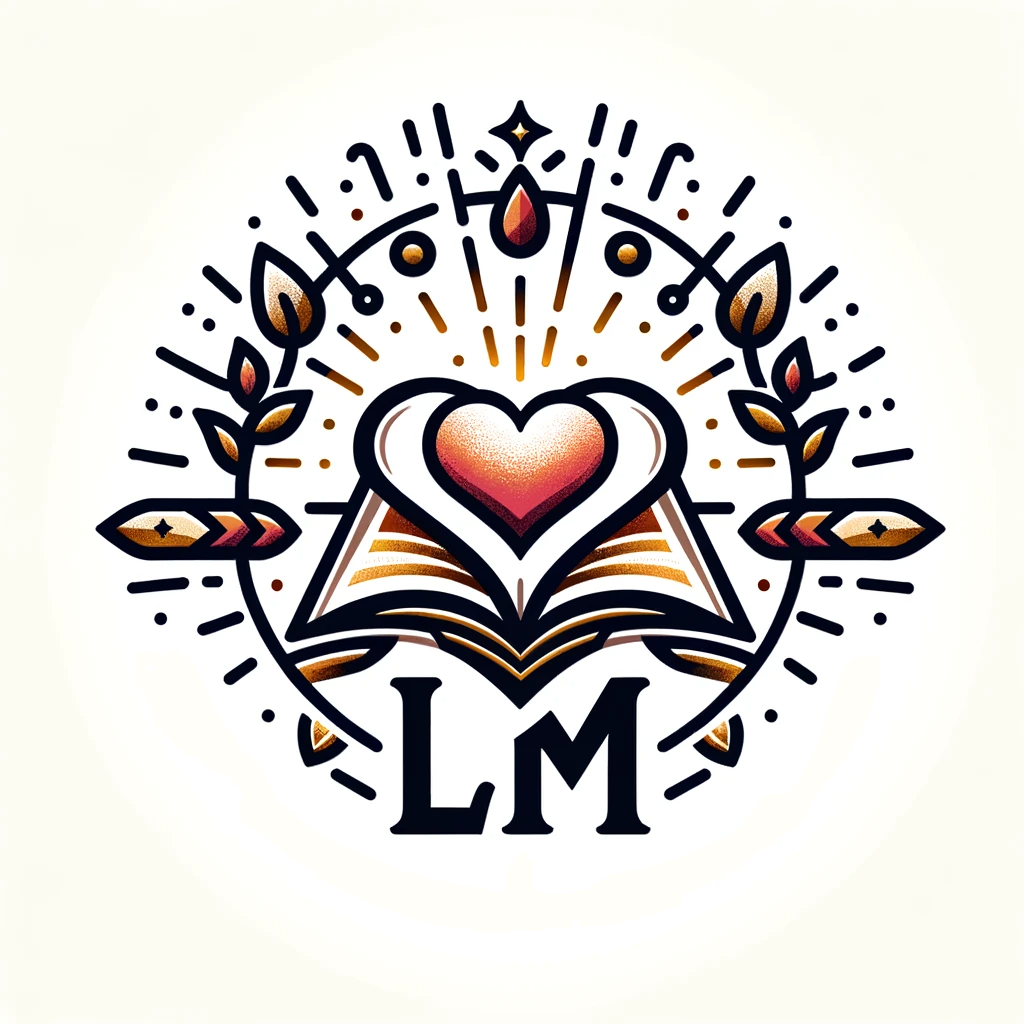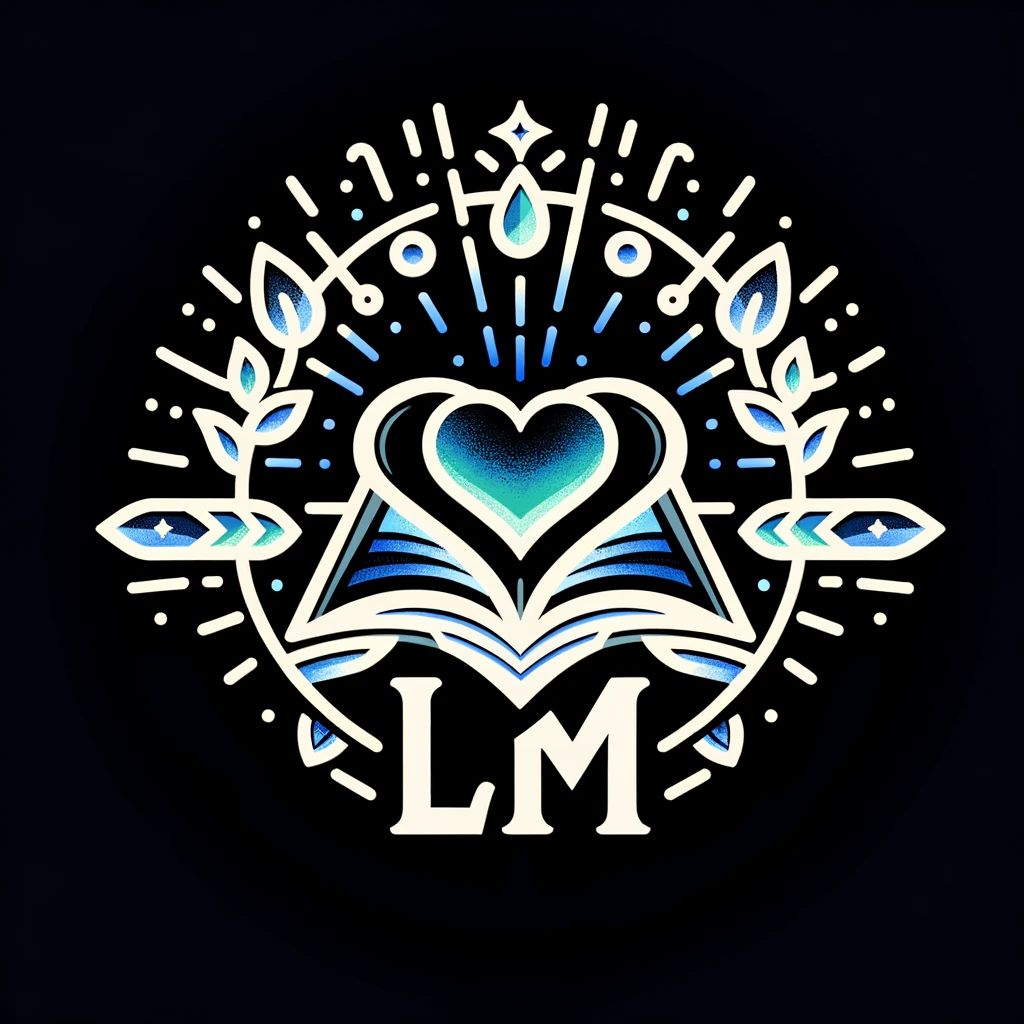The story of humanity has long been one marked by both profound loss and divine hope. At the heart of this narrative lie two trees: one in the Garden of Eden and the other at Calvary, each symbolizing pivotal moments in the spiritual journey of mankind.
From the Fall of Man through an act of disobedience to the redemption offered by the ultimate sacrifice of Jesus Christ on the cross, these trees map out a profound journey from sin to salvation. By delving into the symbolism of these trees, we can gain a richer understanding of the themes of innocence, guilt, shame, choice, and ultimate redemption.
Contents
The Central Theme of Fall and Redemption
The narrative of humanity’s fall and subsequent redemption is central to Christian theology. It begins in the Garden of Eden where the act of eating the forbidden fruit from the Tree of Knowledge of Good and Evil introduces sin into the world.
This disobedience causes a separation from God, known as the Fall. Centuries later, another tree – the cross upon which Jesus was crucified – becomes the symbol of humanity’s redemption. This juxtaposition of the two trees encapsulates the journey from sin to salvation and the eternal hope offered through Christ’s sacrifice.
The Trees of Symbolism: From Eden to Calvary
Trees play a significant role in both the Fall and Redemption narratives. The Tree of Knowledge of Good and Evil is central to the story of Adam and Eve’s disobedience. In contrast, the cross – also referred to as a tree in the Hebrew language “etz” – is the scene of Jesus’ crucifixion, signifying the redemption of humanity.
These two trees symbolize pivotal moments in the human spiritual journey: one representing the inception of sin, and the other, the promise of everlasting life through Christ’s sacrifice.
Disobedience and Redemption: Adam, Eve, and Jesus
Adam and Eve’s act of eating the forbidden fruit is a pivotal moment of disobedience that introduces sin and death into the world. This separation from God marks the beginning of humanity’s struggle with sin. Conversely, Jesus’ acceptance of the crucifixion is an act of ultimate obedience and sacrifice.
While Adam’s choice leads to death and separation, Jesus’ choice offers the promise of eternal life and reconciliation with God. The contrast between these acts underscores the shift from humanity’s fallen state to the possibility of redemption and eternal life.
Nakedness and Innocence: The Unveiling of Humanity
Before the Fall, Adam and Eve were naked and unashamed, symbolizing innocence and purity. After eating the forbidden fruit, they became aware of their nakedness, which symbolizes guilt and shame. This transition marks the loss of innocence.
In a poignant parallel, Jesus is stripped of His clothing during His crucifixion, bearing the shame and guilt of humanity’s sin. This act of ultimate vulnerability and sacrifice serves to restore humanity’s broken relationship with God, highlighting the theme of redemption.
Etz: The Cross as the Tree of Life and Death
The Hebrew word “etz” translates to both tree and wood, emphasizing the symbolic significance of the cross as a tree. The cross, once a tool of execution and death, transforms into a symbol of life and redemption.
This dual nature of the cross encapsulates the essence of the Christian faith: out of the ultimate act of suffering and death emerges the hope of eternal life. The cross represents both the consequence of sin and the path to salvation.
Good and Evil Converge: The Dual Nature of the Cross
The cross stands at the intersection of good and evil. On one hand, it is the site of humanity’s ultimate transgression – the crucifixion of Jesus. On the other, it represents God’s ultimate act of love and sacrifice.
This convergence of good and evil underscores the profound depths of God’s love and the lengths to which He goes to redeem humanity. The cross thus becomes a powerful symbol of both humanity’s sin and God’s saving grace.
The Serpent, Judas, and Cyclical Sin
The story of the Fall begins with the serpent’s deception of Eve, leading to the original sin. In a parallel narrative, Judas’ betrayal of Jesus brings about His crucifixion, illustrating a cyclical pattern of sin and betrayal.
Just as the serpent played a central role in the Fall, Judas and the soldiers contribute to the act that leads to Redemption. This cyclical nature of sin and the divine plan for salvation highlights the interconnectedness of humanity’s journey from Fall to Redemption.
Choice, Free Will, and the Path to Salvation
The theme of choice and free will is central to both the Fall and Redemption narratives. Adam and Eve’s choice to eat the forbidden fruit results in a loss of innocence and connectedness with God. Conversely, Jesus’ choice to accept His fate on the cross offers a pathway to reconciliation for humanity.
This act of ultimate sacrifice enables believers to choose redemption and eternal life. The journey from Fall to Redemption, united by these two trees, underscores the profound impact of human choices and divine grace.
From the Fall to Eternal Life
The story of humanity from the Fall in the Garden of Eden to the Redemption through the cross is one of profound loss, divine intervention, and ultimate hope. The symbolism of the two trees – the Tree of Knowledge of Good and Evil and the cross – encapsulates humanity’s journey from disobedience and separation to the potential for eternal life with God.
Through the themes of innocence, guilt, shame, and redemption, we can understand the profound depths of God’s love and the incredible potential for renewal and salvation offered through Jesus Christ.





